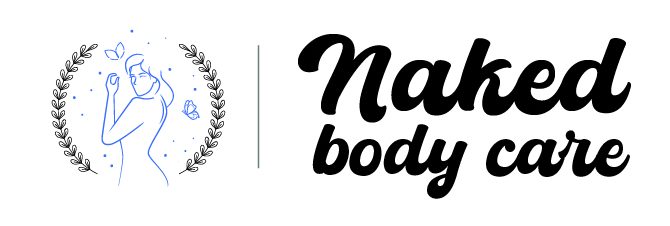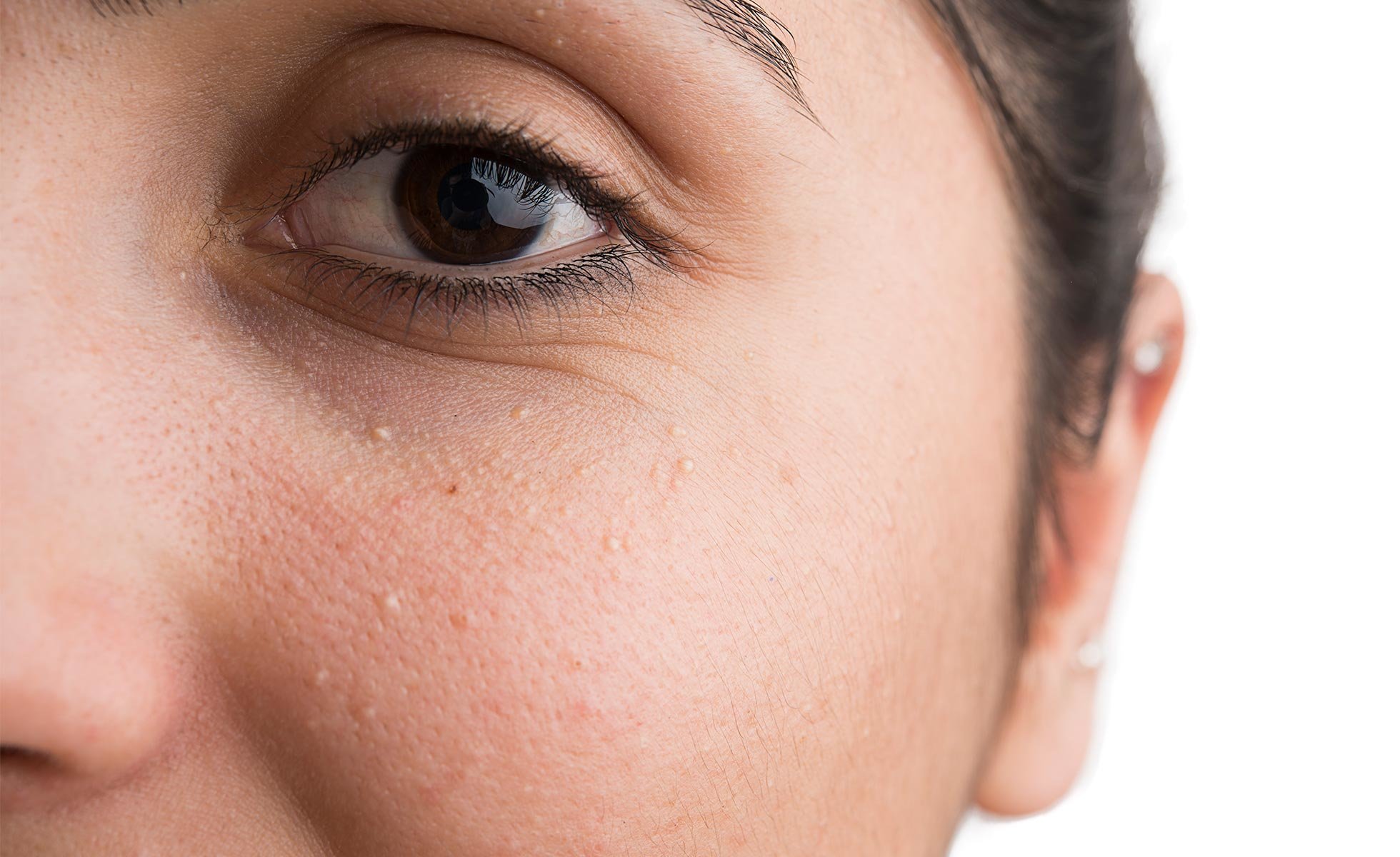Have you noticed texture on your skin that’s not acne, but still…there? These tiny white cysts can still cause surface on your skin, even if they don’t cause the usual redness, irritation, or itching that acne is known for. You could be dealing with Milia.
What is milia?
These tiny bumps are formed when keratin, a type of protein, gets trapped beneath the skin’s surface, and dead skin cells do not exfoliate themselves. These harmless bumps usually appear on the nose, cheeks, or forehead. You can treat them at home by making a few changes to your skincare regimen.
What is the cause of milia?
As with most skin conditions, some skin types are genetically predisposed to milia. Several factors, including buildup or sun damage, can cause it.
Treatment of milia
If you don’t mind, Milia, it will naturally disappear within a few weeks. Here are some ways to speed up the exfoliation if you’re impatient like I am.
Cleanse
Dirt and sweat may cause your pores to become clogged, leading to the formation of milia. You should thoroughly cleanse your skin to prevent milia and another breakout.
Double cleansing is the best way to remove all dirt and debris from your skin. Start using a cleansing balm to remove makeup, dirt, and pollutants without stripping your skin.
Use ingredients that are suited to the skin type you have. Green grapes can increase radiance; honey is a natural humectant that draws moisture to your skin.
Exfoliate
Active acids, such as salicylic or lactic acid, can help exfoliate skin and promote natural cell turnover. Here’s an easy way to remove dead skin and clear pores.
Retinol: Try it!
Retinol also helps reduce milia by improving skin texture and unclogging pores.
Protect yourself from harm.
Sunscreen is your best protection against milia. If you use retinol or exfoliants, sunscreen becomes even more critical.


